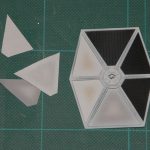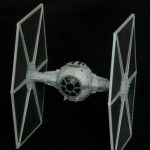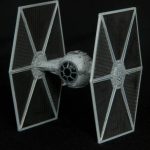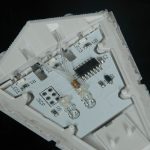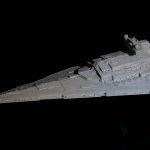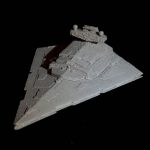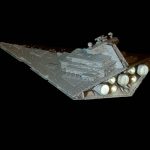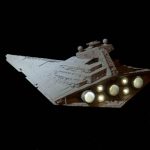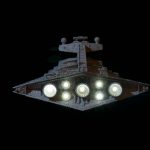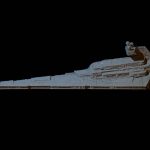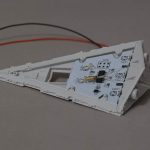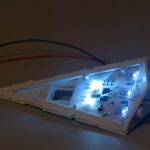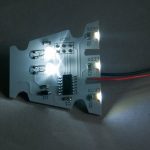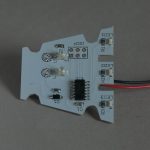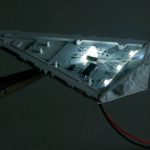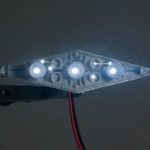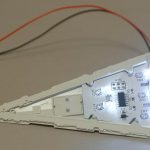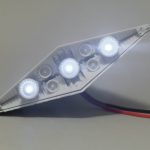A recent addition to Bandai’s Pocket Model range is a twin pack of a TIE Fighter and Darth Vader’s TIE-Advanced. These would be very easy builds were it not for having to mask all the solar panel segments. After briefly experimenting with tape, I gave up and got the digital callipers out to measure up the TIEs panel and make some mask of my own. Thankfully there are only 2 different shapes once you flip one of them. These were drafted up in Inkscape, checked, adjusted, and then duplicated. I’ve got 2 sets of the kits so that I could have the full Vader and 2 escorts as the tilt stand allows for, so in total I needed to mask 6 segments on 2 sides of 4 panels – 48 masks in total. I also added a few spares just in case.
These were arranged into a single sheet of A4 for convenience and printed out on standard photocopy paper. You could use higher quality paper but I didn’t really find it necessary. A fresh blade in the craft knife was used to cut out all the masks to avoid any ragged edges. After spraying the TIE panels black, each mask was glued in place with liquid latex (Humbrol Maskol in my case) – just a series of small blobs around the periphery of the panel segment was enough to hold the paper down, but not enough to cause it to wrinkle up. Then using a fairly low pressure, the grey frame colour was airbrushed between the panels, taking care to keep the airbrush at 90 degrees to the panel to minimise any spray bleed underneath the mask.
The results were more than satisfactory, and by the final panel didn’t take long to apply and paint at all.
For anyone else that wants to try this, the masks are available below – free of charge – in either A4 or US Letter paper format.
